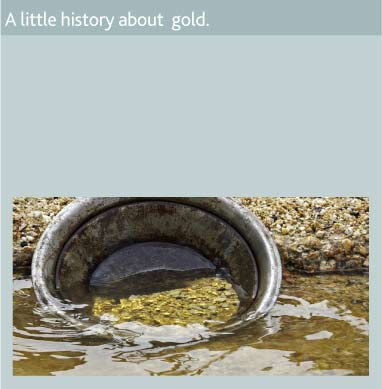
The History of Watches
We may never seem to have enough time, but at least a watch can help us manage the 24 hours we do have. While the history of keeping time dates back to sundials in Mesopotamia and Egypt, the first watch is believed to have been created in Italy around 1524.
Originally powered by weights, timekeepers didn’t become portable until the 1600s when a spiral balance spring was devised. Watches before this invention were highly inaccurate and required winding at least twice a day. The creation of the spring allowed for winding only once a day.
As greater technology became available, especially in the production of steel, watch gears and springs kept better time. Jewels were even used to make bearings that kept watches accurate for longer periods of time.
The first decades of the 20th century saw a major shift from pocket watches to wristwatches. Although pocket watches continued to be manufactured until World War II, their production after that was minimal. Battery watches were the next major advancement, appearing in 1952.
By the 1970s, electronic watches were all the rage. But nostalgia revived the mechanical watch in the 1990s, appealing to the upscale markets. In fact, 30 percent of most Swiss watches produced today are still mechanical, not electronic.
Sell Watches at BrokenGold™! It's easy, just put your gold or old jewlery in the prepaid envelope and send it to us. You will receive a check 24 hours after we receive your watches or other jewelry. It is that easy! We have gained an excellent reputation on the web and have an ever-growing list of satisfied customers. If you have questions take a look at our Frequently Asked Questions page.
Back to the Information Index

Gold was first discovered thousands of years ago in its natural state, in streams, which lead to mining all over the world. Its brilliance, natural beauty, great malleability and resistance to tarnish made it enjoyable to work with. Gold gave rise to the concept of money itself. Today gold is used for jewelry fabrication, industrial application, and medical uses, by governments and central banks and by private investors.



Sell scrap gold, silver and have more cash for gold jewelry.
To get started selling gold, fill out the form below.
 |  |
We are a proud member of TRUSTe, Gemological Institute of America, International Precious Metals Institute.

